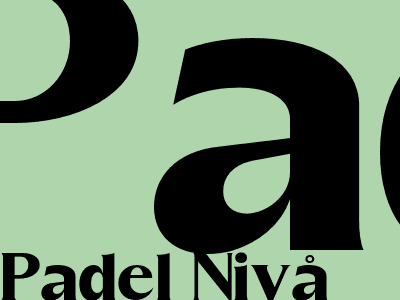The Ultimate Guide to Padel: Uncover the Secrets of the Fastest-Growing Sport
What is Padel?
Padel is a captivating racquet sport that combines elements of tennis and squash. Played on a smaller court surrounded by glass walls, it offers a thrilling mix of speed, strategy, and athleticism. With its origins in Mexico in the 1960s, padel has gained immense popularity worldwide, particularly in Spain and Latin America.
Key Characteristics
- Played on a court one-third the size of a tennis court.
- Features glass walls that allow for spectacular shots and quick recoveries.
- Uses solid, perforated rackets with no strings.
- Emphasizes strategy, agility, and quick reflexes.
Benefits of Playing Padel
Padel offers numerous physical, mental, and social benefits:
Physical
- Improves cardiovascular health.
- Enhances coordination and agility.
- Strengthens muscles, especially in the legs and core.
Mental
- Boosts concentration and focus.
- Develops strategic thinking and decision-making.
- Promotes relaxation and stress relief.
Social
- Fosters camaraderie and teamwork.
- Creates opportunities for socializing and meeting new people.
How to Play Padel
To play padel, you need a padel racket, a padel ball, and a court.
Court Dimensions
Padel courts are typically 20 meters long and 10 meters wide, with a net height of 0.88 meters at the sides and 1.04 meters in the center.
Equipment
Padel rackets are made of carbon fiber or fiberglass and have a solid surface with perforations. Padel balls are similar to tennis balls but have slightly less pressure.
Rules
Padel is played in doubles, with two players on each side. The game starts with a serve, which must bounce once on the serving side and once on the receiving side. Players can hit the ball off the glass walls, but it must clear the net and land within the opposing court.
Padel's Popularity and Growth
Padel has experienced a meteoric rise in popularity in recent years. The International Padel Federation (FIP) estimates that there are over 20 million active padel players worldwide, with Spain, Argentina, and Brazil leading the way. This growth is attributed to its accessibility, social nature, and the increasing popularity of padel tournaments.
Padel in the Olympics
Padel is not yet an Olympic sport, but the FIP is actively working towards its inclusion in the Games. The sport meets the International Olympic Committee's criteria for inclusion, including widespread participation, global popularity, and adherence to anti-doping regulations.
Conclusion
Padel is a dynamic and captivating sport that combines the fast pace of tennis with the strategic elements of squash. With its numerous benefits, growing popularity, and potential for Olympic recognition, padel is poised to continue its worldwide expansion and captivate audiences of all ages. So, grab a racket, find a court, and experience the thrill of padel for yourself!

Comments